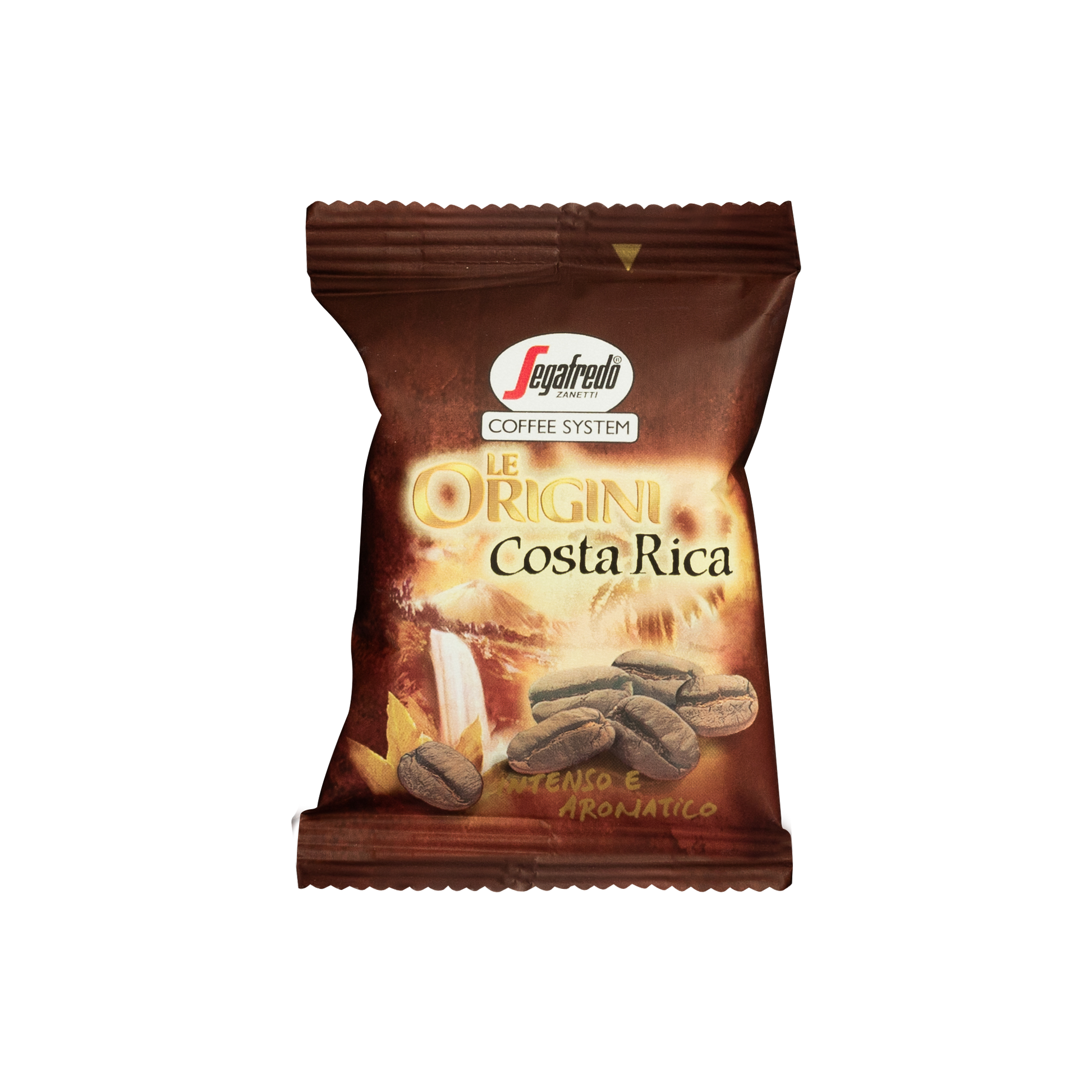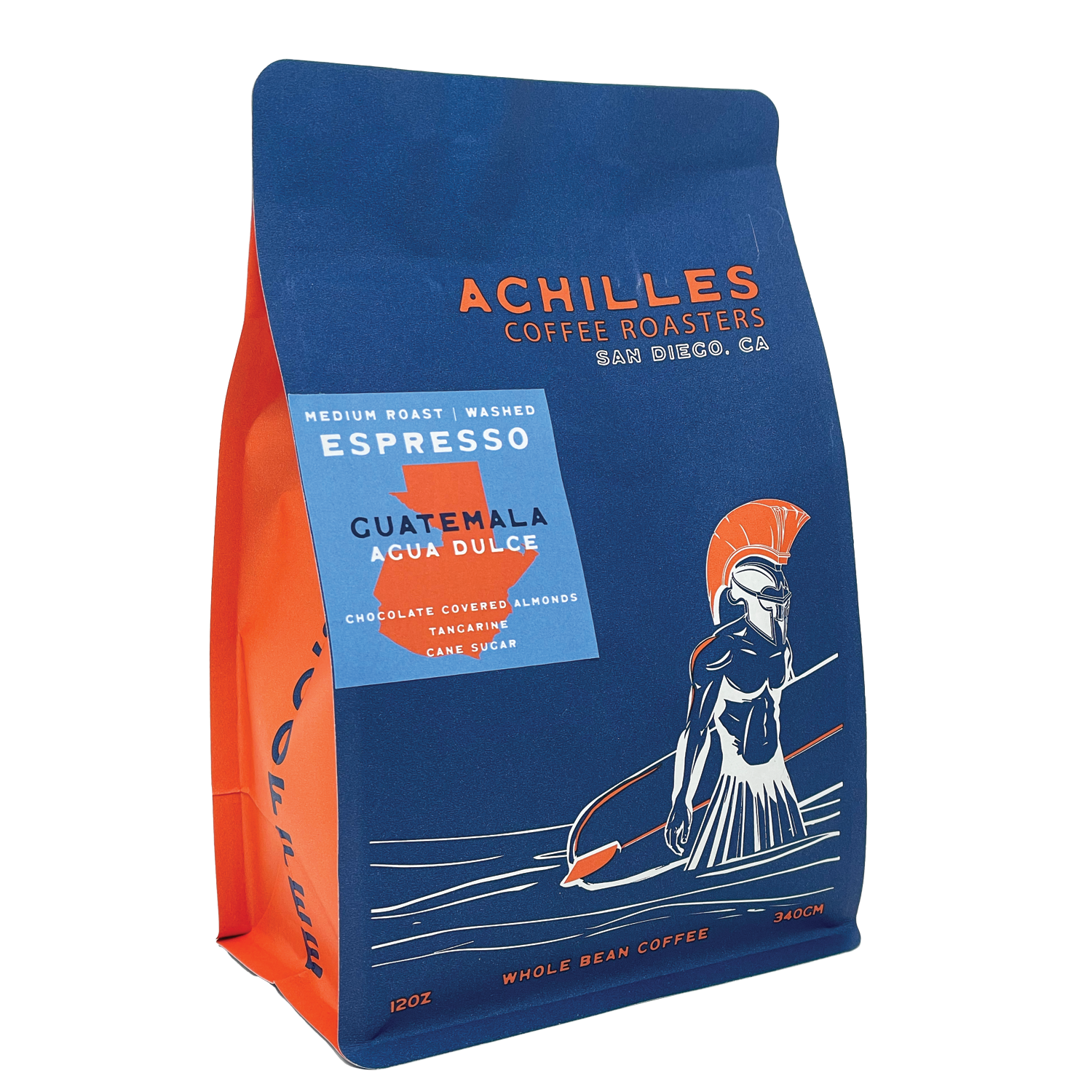A First-Time User’s Guide to Understanding SOE Single Origin Espresso
A First-Time User’s Guide to Understanding SOE Single Origin Espresso
Blog Article
Understanding Coffee Beans: the Journey From Espresso to Blended Coffee Beans

The Beginnings of Coffee: An International Point Of View
While you may think about coffee as a modern-day staple, its origins trace back centuries, intertwining with societies around the world. The tale begins in Ethiopia, where tale says a goat herdsman named Kaldi found the invigorating impacts of coffee beans after discovering his goats romping vigorously after eating them. This sparked interest, resulting in coffee's infect Arab investors who valued the made beverage. By the 15th century, it reached Persia, Egypt, and Turkey, where coffeehouses came to be social centers for discussion and society.
As trade courses increased, coffee made its way to Europe in the 17th century, quickly gaining popularity. Each society included its special spin to coffee prep work, improving its background.
Farming and Harvesting of Espresso Beans
As coffee's trip progressed, the emphasis moved to the growing and harvesting of particular bean varieties, particularly those made use of for espresso. You'll find that coffee beans commonly originate from Arabica or Robusta plants, each offering unique flavors. The optimal expanding conditions include high elevations and abundant, well-drained dirt, which improve the beans' high quality.
During the harvest, picking methods differ. Timing is essential; you want to collect when the cherries reach peak ripeness for maximum flavor.
Once collected, the beans are gotten ready for handling, which is crucial in determining their last taste. Understanding the growing and gathering procedures offers you insight right into what enters into your favored coffee, enriching your admiration for each mug.
Processing Techniques: From Cherry to Bean
Currently that you have actually found out about gathering coffee beans, allow's explore just how those cherries change into the coffee beans you love. You'll see just how various harvesting strategies influence flavor, complied with by the necessary actions of fermentation and drying. We'll damage down the milling and grading process that identifies your coffee's top quality.
Harvesting Methods Explained
When it comes to coffee, comprehending harvesting techniques is necessary, since they directly influence the flavor and top quality of the beans you delight in. Careful selecting includes hand-picking just ripe cherries, guaranteeing you obtain the ideal high quality beans. Eventually, the option of harvesting strategy can substantially affect your coffee experience, so it's worth recognizing just how those beans made it to your cup.
Fermentation and Drying Out
After collecting, the next actions in handling coffee beans play a substantial function in forming their flavor. You'll locate that fermentation is vital, as it aids break down the mucilage bordering the beans, enhancing their preference profile. Depending upon the technique, this procedure can last from a few hours to a number of days, with differing results based upon temperature and moisture.
Once fermentation is total, drying out adheres to, which is similarly essential. You can select from sun-drying or mechanical drying techniques. Sun-drying permits the beans to absorb tastes from the setting, while mechanical drying warranties consistent moisture degrees no matter weather condition. Correct drying is vital to prevent mold and maintain the beans' top quality, inevitably influencing your mug of coffee.
Milling and Grading Process
As fermentation and drying established the phase for taste development, the milling and grading procedure warranties that just the very best coffee beans make it to your mug. This phase involves removing the outer layers of the coffee cherry, consisting of the parchment and husk. After milling, the beans are arranged by size and weight, guaranteeing a consistent high quality. You'll discover that grading aids determine issues and classify beans, which influences flavor and scent. Top notch beans receive a greater quality, leading to a richer coffee experience. When rated, the beans await packaging and delivery, maintaining their special features. This precise process is necessary for providing the phenomenal preference you enjoy in every sip of your favored brew.
Roasting Methods: Unlocking Taste Potential
When you roast coffee beans, the method you choose can considerably influence the flavor profile. Recognizing the partnership in between time, temperature level, and roasting strategies is essential to disclosing the potential of your mixture. Let's check out how these elements collaborated to create the ideal cup.
Toasting Methods Described
While you could think that all coffee toasting methods generate the exact same outcomes, the truth is that each technique discloses distinct taste capacities in the beans. You can pick in between approaches like drum toasting, air roasting, or perhaps standard frying pan roasting. Drum roasting uses a revolving drum to uniformly disperse warm, improving caramelization and creating a well balanced flavor. Air roasting, on the other hand, flows warm air around the beans, advertising a lighter roast with obvious level of acidity. Pan roasting permits for hands-on control but needs consistent attention to stay clear of burning. Each technique has its subtleties, so trying out with different techniques can assist you uncover the perfect roast that straightens with your taste preferences. Appreciate the trip of finding your optimal mug!

Effect On Taste Profile
Different roasting approaches not only influence the procedure yet likewise significantly affect the flavor account of the coffee beans. Dark roasts, on the other hand, bring out strong, great smoky tastes, in some cases covering up the bean's unique characteristics. Comprehending these nuances helps you value the creativity behind your cup of coffee, enhancing your general experience with every sip.
Time and Temperature Elements
To launch the full taste capacity of coffee beans, both time and temperature during the roasting procedure play significant roles. When roasting, you'll discover that higher temperature levels can swiftly establish tastes, however if you hurry it, you may wind up with burned notes. Conversely, lower temperature levels enable an extra gradual flavor growth, showcasing the beans' special features.

Timing is equally as crucial; prolonging the roast also long can lead to a loss of acidity and illumination, while also short a roast could leave the beans underdeveloped. Discovering that sweet area calls for practice and testing. By adjusting these variables, you can reveal the rich, complex flavors concealed within each bean, developing a truly exceptional coffee experience.
The Art of Blending: Crafting Special Coffee Profiles

Beginning by picking a base coffee that gives a strong structure. Then, select corresponding beans to enhance certain taste notes. For circumstances, a bright Ethiopian bean can bring fruitiness, while an abundant Brazilian coffee includes body. Trial and error is key-- do not be scared to change ratios until you find your perfect profile.
As you mix, remember that each combination tells a tale. You're not simply making coffee; you're producing an experience. So, take your time, taste frequently, and appreciate the journey of finding your signature mix.
Developing Techniques: Exactly How Preparation Influences Taste
Blending coffee opens up a domain of flavor possibilities, however exactly how you brew that mix can considerably influence your last cup. On the various other hand, a pour-over highlights the coffee's quality and brightness, ideal for showcasing delicate notes.
Espresso, with its high stress, produces a concentrated shot that emphasizes sweet taste and crema. If you like a lighter brew, consider a cool mixture technique; it generates a smooth, much less acidic preference.
Ultimately, trial and error is crucial. Changing variables like water temperature, grind size, and make time can change your coffee's account. So, welcome the art of developing to discover the flavors concealed in your coffee blends. The right method can raise your experience to new elevations.
The Future of Coffee: Sustainability and Innovation
As the coffee market advances, sustainability and advancement are becoming crucial for dealing with environmental obstacles and meeting consumer demands. You'll see that more coffee companies are adopting environmentally friendly methods, from sourcing beans ethically to carrying out sustainable farming methods. These changes not just help the earth yet also enhance the high quality of the coffee you enjoy.
You may see technologies like naturally degradable product packaging and water-saving brewing techniques that decrease waste. Advanced technology, such as blockchain, is additionally becoming popular, making sure transparency in the supply chain, which enables you to map your coffee back to its origins.
Furthermore, purchasing neighborhood areas and sustaining farmers via reasonable trade campaigns fosters a much more sustainable coffee community. As you sip your next cup, keep in mind that your options can add to a brighter future for coffee. By going with lasting brands, you're not just appreciating a drink; you're making a positive influence on the world.
Often Asked Inquiries
What Is the Difference Between Arabica and Robusta Beans?
Arabica beans are smoother, sweeter, and have a higher level of acidity, while robusta beans are more powerful, more bitter, and include even more caffeine. When making your coffee., you'll observe these distinctions in flavor and scent.
Just How Does Altitude Affect Coffee Bean Taste?
Elevation effects coffee bean flavor substantially. Higher altitudes create beans with brighter acidity and facility flavors, while lower altitudes often yield beans that are heavier and less nuanced. You'll discover these distinctions in your cup!
What Are the Wellness Perks of Alcohol Consumption Coffee?
Consuming coffee can improve your energy, enhance mental focus, and also enhance physical efficiency. It's abundant Single Origin Espresso in antioxidants, may decrease the threat of particular conditions, and can promote a much healthier metabolic process when consumed in small amounts.
Can Coffee Beans Be Reused for Developing?
Yes, you can reuse coffee beans for brewing, however the taste could be weaker. If you enjoy experimenting, attempt recycling them in different ways, like cool brews or including in smoothies for an added kick.
How Should I Shop Coffee Beans for Quality?
To keep your coffee beans fresh, store them in an impermeable container in an awesome, dark location. Prevent revealing them to dampness, light, or warmth, as these aspects can swiftly weaken their taste and scent.
Understanding Coffee Beans: the Trip From Espresso to Blended Coffee Beans.
Currently that you have actually learned about collecting coffee beans, let's discover just how those cherries change into the coffee beans you like.When you roast coffee beans, the approach you pick can substantially impact the taste account - Single Origin Espresso.While you could assume that all coffee toasting approaches generate the exact same results, the truth is that each strategy exposes unique taste capacities in the beans.Various toasting methods not only influence the process however also considerably impact the flavor account of the coffee beans
Report this page